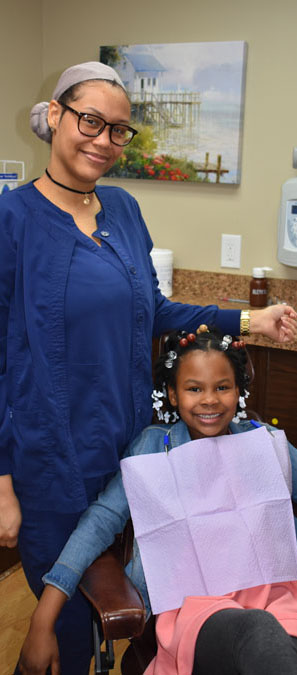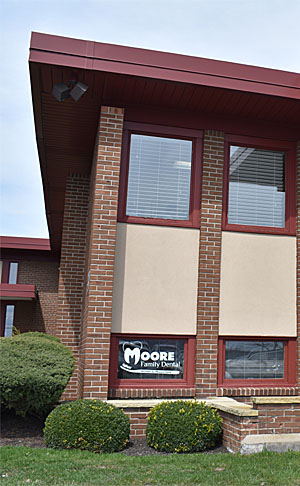 Many dental practices offer sedation dentistry, and this has resulted in increasing questions about it: what is sedation dentistry? When is it used? Are there risks associated with it?
Many dental practices offer sedation dentistry, and this has resulted in increasing questions about it: what is sedation dentistry? When is it used? Are there risks associated with it?
People who do not have fears about going to the dentist or undergoing dental procedures may wonder what sedation dentistry is all about. To them, there’s nothing to be afraid of, so being fully aware of what’s going on through the appointment is not a problem. However, some people have full-blown anxiety about visiting the dentist.
At Moore Family Dental, we have created an environment that is designed to make our patients as comfortable as possible. Our staff members are friendly, patient, and compassionate. Our office is relaxing and welcoming. Our technology, including the CompuDent Wand, which delivers anesthesia without pain or trauma, allows us to help our patients feel comfortable.
But – we get it. For some patients, the anxiety and fear are so great that they avoid going to the dentist completely. That’s where some people turn to sedation dentistry.
What is it?
With sedation dentistry, the patient receives medication to reduce the level of consciousness. There are varying degrees of this. With minimal sedation, the patient is “awake but relaxed.” In the case of moderate sedation, which has sometimes been referred to as “conscious sedation,” the patient “may slur … words when speaking and not remember much of the procedure.” Deep sedation refers to a state in which the patient is “on the edge of consciousness but can still be awakened.” Finally, with general anesthesia, the patient is “completely unconscious.”
When is it used?
When a patient has extreme anxiety, even the friendliest staff, most relaxing surroundings, and state-of-the-art technology may not be enough to make that person feel comfortable in the dentist’s chair. However, there are risks to avoiding dental care. For these people, sedation dentistry may be the answer because it relaxes them enough to get them into the office where they can receive the dental care they need.
Are there risks associated with sedation dentistry?
Anesthesia can entail risks, especially if it is not used appropriately or if the patient has a reaction to it. With sedation dentistry, it’s important for the dentist and all members of the staff to have undergone appropriate training so they can administer the medication properly, monitor the patient’s reaction to it, and respond immediately and appropriately to any issues that may arise. In addition, the patient’s medical history is of paramount importance when anesthesia is involved. It may contain red flags that may alert the dentist that a particular type of anesthesia may not be appropriate for that patient.
Sedation dentistry is not for everyone. For patients who are not concerned about going to the dentist and are free from fear in this regard, sedation dentistry is unnecessary. For people with mild to moderate anxiety, it may be an option to keep in mind as a last resort. However, for patients who have deep fears about visiting the dentist, sedation dentistry may represent a way to receive dental care without fear.
Finally, it’s important to note that patients should never undergo sedation dentistry without first taking several important steps. Decide if it is the best option or if another option might work better. Investigate the dentist and staff to determine whether their qualifications are appropriate for sedation dentistry. Finally, make sure the dentist has a full and complete understanding of the medical history so there are no unforeseen problems.



